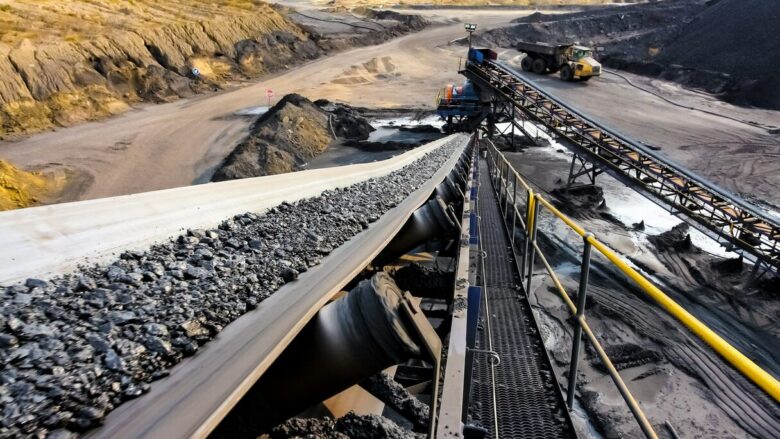
New Study Highlights Success of Polesaver Rot-Guard™ Sleeves in Combatting Decay and Termite Damage
A new independent field study conducted in Uganda has revealed compelling evidence supporting the use of Polesaver (www.Polesaver.com) Rot-Guard™ sleeves to maximise the lifespan of wooden electricity distribution poles. The findings are expected to guide utility companies and infrastructure specifiers across Africa toward more cost-effective, durable solutions.
Conducted by Dr. Paul Mugabi, Associate Professor-Consultant at Makerere University’s School of Forestry, Environmental and Geographical Sciences, the study is the first of its kind in East Africa to evaluate ground-line protection technology under local conditions.
What Are Rot-Guard™ Sleeves?
Polesaver Rot-Guard™ sleeves are dual-layer, heat-shrinkable barrier sleeves designed to protect the most vulnerable part of a wooden pole—the ground line—from fungal decay and termite attack. This area, where the pole meets the soil (and six inches below ground), is highly susceptible to biological deterioration. An outer thermoplastic layer shrinks to the pole, preventing water and oxygen ingress, while an inner bituminous layer seals the wood, forming a long-lasting, impenetrable barrier.
” By extending the lifespan of poles, Rot-Guard™ sleeves can dramatically reduce replacement and maintenance costs, while improving network safety and reliability “
Despite competition from steel and concrete, wooden poles remain the preferred choice for power distribution in many African regions due to their lower cost, ease of installation, lighter environmental footprint, and local availability. However, premature failure—often within 10 years—due to rot and termites continues to burden utility providers. Between 2017 and 2021, Uganda spent over $8 million replacing decayed wooden poles—more than 85% of failures were attributed to biological deterioration.
Study Results
In the study, 200 wooden poles installed in central Uganda were examined: 113 protected with Polesaver Rot-Guard™ sleeves, and 87 untreated control poles, each in the ground for up to eight years.
Key findings include:
- No decay of sleeved poles, compared to 4.6% decay of un-sleeved poles
- No termite attack of sleeved poles, compared to 5.75% attack of un-sleeved poles
“These results demonstrate how a relatively simple, cost-effective, and proven technology can deliver substantial benefits for utility providers,” said Richard George, CEO of Polesaver. “By extending the lifespan of poles, Rot-Guard™ sleeves can dramatically reduce replacement and maintenance costs, while improving network safety and reliability.”
The report (https://apo-opa.co/4p0oPvk) provides strong evidence for wider adoption of barrier sleeve technology in tropical and subtropical climates and offers a roadmap for enhancing power infrastructure resilience across the continent. With Mission 300 funding rounds now underway, the findings are especially timely. The initiative’s ambitious target—delivering electricity access to 300 million new customers by 2030—will only succeed if investments prioritise solutions that extend the lifespan and reliability of these critical assets.



